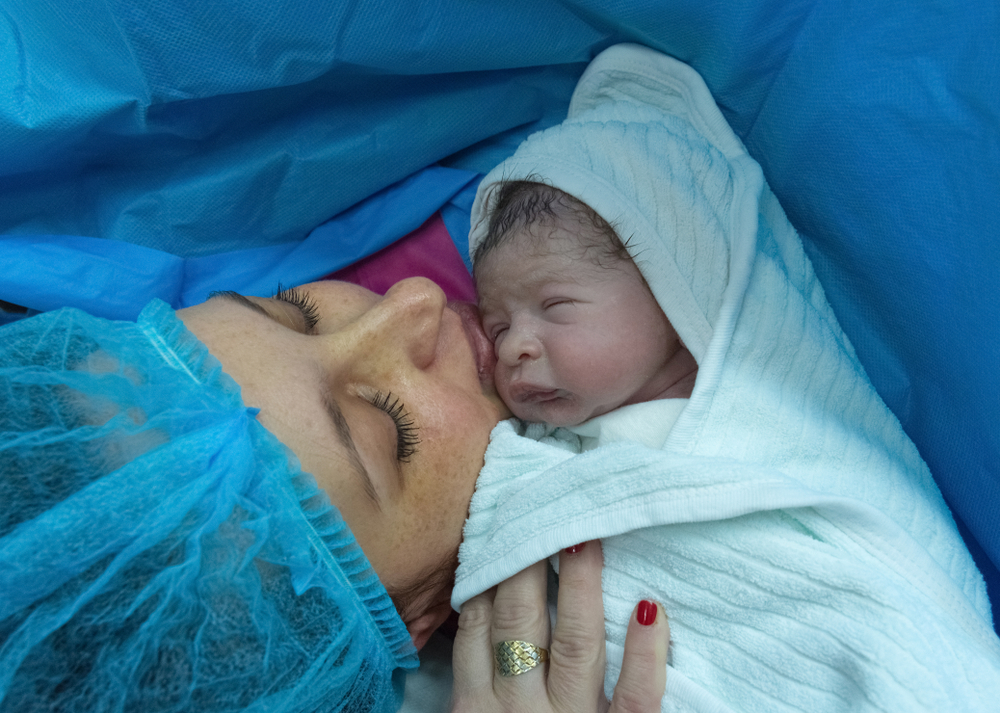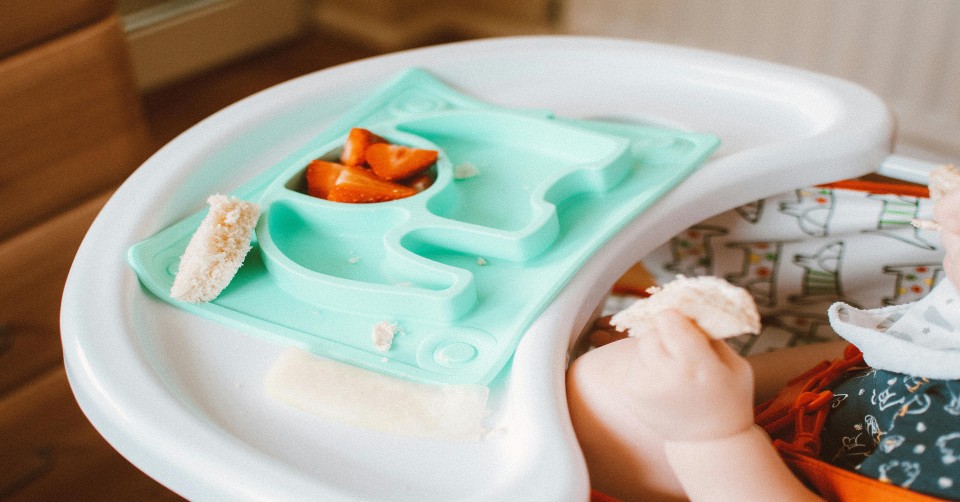Delivery
What you need to know about Cesarean delivery

Every pregnant woman asks herself whether she’ll have a Natural Delivery or Cesarean one, and, keeps speculating on which is better for her and her baby. Well, these questions are usually answered by the doctor given the mother’s medical condition and the development of her baby.
So, what if the doctor decided that a Cesarean Section (CS) is the go-to method, what do you need to know about it and what should you expect?
First, a Cesarean Section (CS) is an operation to deliver your baby through a cut made in your abdomen and womb (uterus). It’s considered a major operation, so it is usually done if it iss the safest option for the mother and her baby.
You should know that C-sections are common, around 30% of deliveries are by a cesarean section. A CS can happen for emergencies and it might be planned by the doctor and parents. In most cases, doctors choose it for emergencies and only about 20% of deliveries could be elective and they are usually done from 39 weeks of pregnancy and onward.
Why the Caesarean Section?
A cesarean is usually done for many reasons:
-
You had previous Caesarean Sections.
-
Your baby is in the breech position.
-
You have a low-lying placenta (Placenta Previa).
-
Your labor is not progressing normally.
-
You have certain infections, such a genital herpes infection.
-
Your baby is not receiving enough oxygen, where your doctor should deliver you immediately.
What happens during a Caesarean Section?
Most caesareans are carried out under spinal or Epidural anesthesia. This means you'll be awake, but the lower part of your body is numbed so you will not feel any pain (you may feel some pulling during the procedure, but no pain is felt at all).
Occasionally, a general anesthesia may be used. The whole operation normally takes about 40 to 50 minutes.
What to expect during a Cesarean Section? A screen is placed across your body so you cannot see what's being done.
-
A small cut about 10 cm long will usually be made across your lower tummy (usually below the bikini line).
-
Your doctor will deliver your baby, clamp the cord and cut it, then transfer your baby to the pediatrician attending your surgery.
-
You and your husband will be able to see and hold your baby as soon as they have been checked by your pediatrician.
-
Your doctor will deliver the placenta and clean your womb.
-
Your womb will be closed using stitches, and so is your abdomen.
The Recovery
Recovering from a Cesarean Delivery usually takes longer than recovering from a vaginal delivery, including a longer hospital stay (one night long for a Cesarean Section).
You may experience some pain and discomfort, but you will be given some painkillers to help.
When you go home, you'll need to take it slow and avoid some activities, such as driving, until you have had your postnatal check-up with the doctor at 6 weeks.
A scar will form at the site of your surgery, but it will eventually fade away with time.
Risks of a Caesarean Delivery
A cesarean is generally a very safe procedure, but like any other surgery, it carries certain risks.
Possible complications include:
-
Excessive Bleeding
-
Infection of the wound
-
Infection in the uterus
-
Damage to nearby areas, such as the bladder or the ureters (the tubes that connect the kidneys and bladder)
-
Breathing difficulties in your baby
Future pregnancies after a Cesarean Delivery
If you have a baby by cesarean, it does not necessarily mean that any babies you have in the future will also have to be delivered this way.
Some women who have had one cesarean section can have a vaginal delivery for their next baby, known as Vaginal Birth After Cesarean (VBAC). But the decision is made by your doctor.
During a VBAC you will need extra monitoring during labour, just to make sure everything is progressing well, and to avoid complications.














